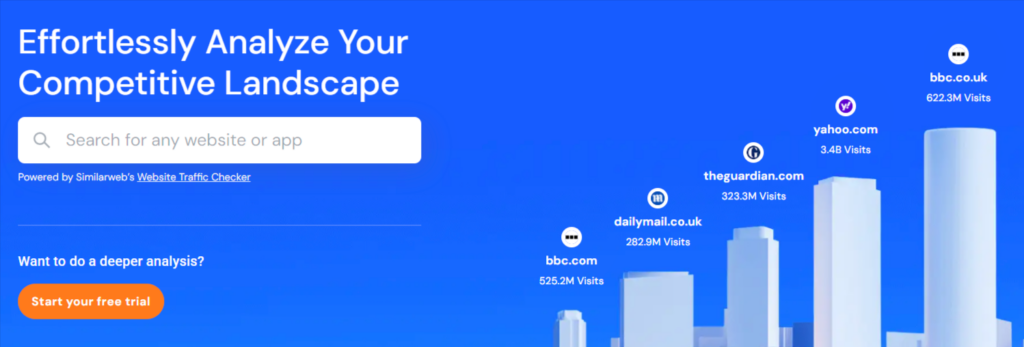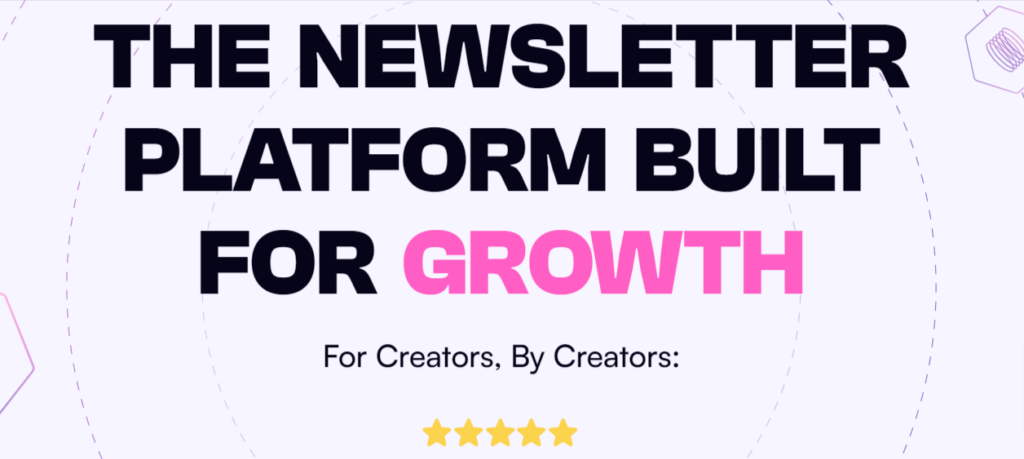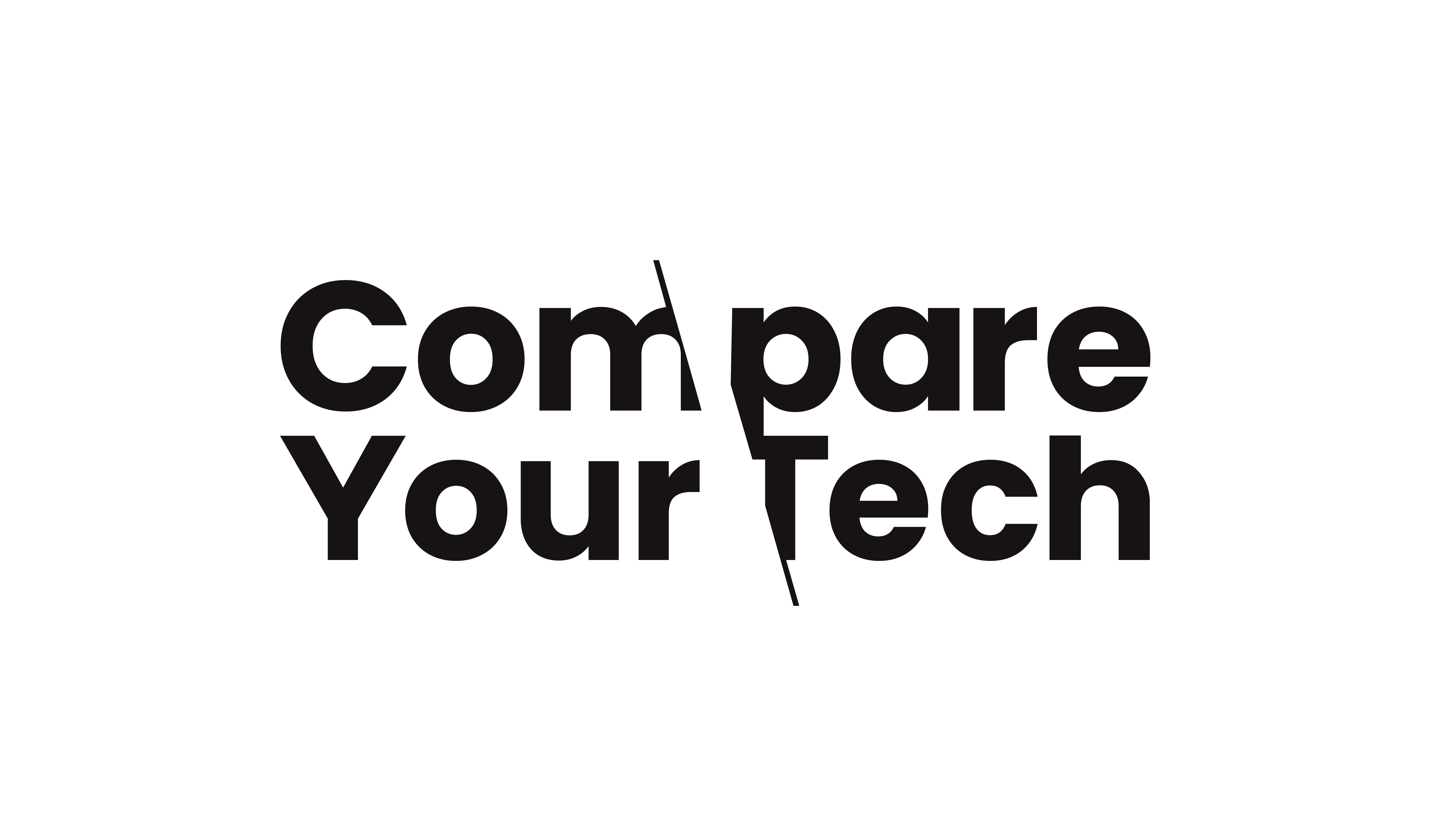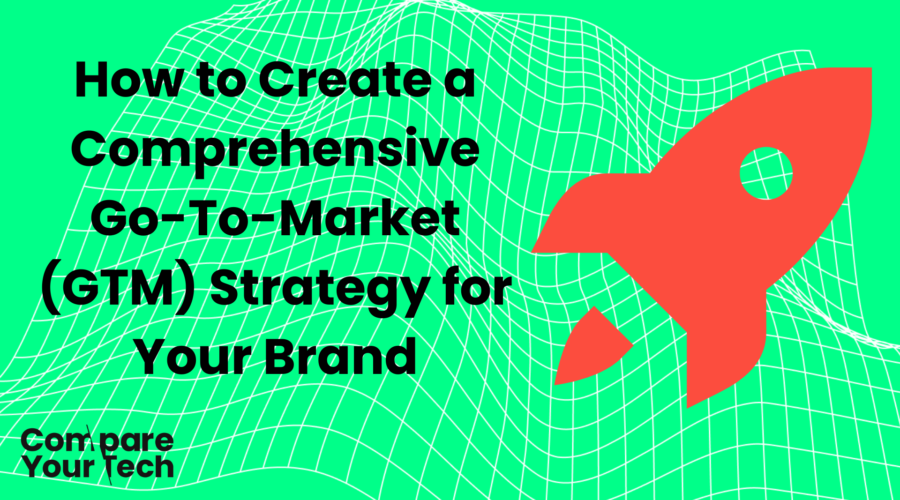How to Create a Comprehensive Go-To-Market (GTM) Strategy for Your Brand
Developing a successful Go-To-Market (GTM) strategy requires a deep understanding of your target audience, a strong value proposition, and the right combination of marketing, sales, and analytical tools. This guide provides an in-depth breakdown of all essential areas to consider, along with detailed insights into tools that can enhance your strategy.
1. Market Research and Competitive Analysis
Understanding Your Market
Market research is the foundation of any GTM strategy. Identifying customer pain points, competitor positioning, and industry trends helps shape an effective approach. Without a clear understanding of the market landscape, brands risk launching a product or service without demand.
Key Steps for Effective Market Research:
- Define your target audience and create detailed buyer personas.
- Conduct surveys, interviews, and focus groups to gather customer insights.
- Analyse market trends, industry reports, and customer behaviour patterns.
- Monitor competitors’ strategies and digital presence to identify gaps and opportunities.
Tool: Similarweb
Features & Benefits:
- Website Traffic Insights – Understand how customers interact with competitors’ websites.
- Keyword Analysis – Identify which keywords drive the most traffic.
- Audience Demographics – Discover key customer characteristics, such as age, location, and interests.
- Benchmarking Tools – Compare your website performance against competitors.
How It Helps:
- Allows you to pinpoint market opportunities and gaps in competitor offerings.
- Helps optimise your website, content, and digital marketing strategies based on competitor insights.
- Provides a strategic advantage in understanding customer behaviours and preferences.

2. Branding and Positioning
Building a Strong Brand Identity
Your brand identity must communicate your value proposition clearly and differentiate you from competitors. A strong brand builds trust, loyalty, and recognition.
Key Elements of Effective Branding:
- Brand Messaging – Develop a unique value proposition and positioning statement.
- Visual Identity – Ensure consistency in logo, colour schemes, typography, and imagery.
- Storytelling – Communicate your mission and brand story authentically.
- Customer Experience – Create a consistent brand experience across all touchpoints.
3. Email Marketing and Deliverability
Email marketing is a powerful channel for customer engagement, lead nurturing, and driving conversions. However, email deliverability plays a crucial role in campaign success.
Email Warm-up & Deliverability Tools
Tool: Warmup Inbox & Warmy.io
Features & Benefits:
- Automated Email Warm-up – Helps establish sender reputation gradually.
- Spam Prevention – Reduces email bouncing and spam folder placement.
- Reputation Monitoring – Provides real-time insights into email health and domain reputation.
- Inbox Placement Optimisation – Ensures emails land in primary inboxes rather than spam or promotions folders.
How It Helps:
- Boosts the effectiveness of cold email outreach and marketing campaigns.
- Enhances domain reputation, preventing emails from being blacklisted.
- Improves engagement rates by ensuring emails reach real users.
Tool: Bouncer & Mailfloss
Features & Benefits:
- Email Verification & Validation – Removes invalid, duplicate, and spam-trap email addresses.
- Real-Time API Integration – Ensures clean lists before sending emails.
- Spam Trap Detection – Identifies risky email addresses that can harm sender reputation.
How It Helps:
- Maintains high deliverability rates by ensuring emails are sent to valid contacts.
- Reduces email bounce rates and increases open and response rates.
- Improves the performance of email marketing campaigns by maintaining a clean contact list.
Email Marketing Platforms
Tools: Beehiiv, Moosend, Campaigner, GetResponse, AWeber, Mailblaze, ActiveCampaign
Features & Benefits:
- Drag-and-Drop Email Builders – Easily create visually appealing emails.
- Automated Email Sequences – Set up workflows for lead nurturing and customer retention.
- List Segmentation & Personalisation – Send highly targeted messages to different audience segments.
- A/B Testing & Analytics – Optimise campaigns with detailed reporting and performance tracking.
How It Helps:
- Enhances lead nurturing and customer retention through automation.
- Drives higher engagement through targeted and personalised campaigns.
- Provides in-depth analytics to measure and improve email marketing performance.

4. Sales Tools and Lead Generation
Generating and converting leads efficiently is a crucial component of a successful GTM strategy.
Sales Intelligence and Lead Capture
Tool: Kaspr.io
Features & Benefits:
- LinkedIn Contact Extraction – Automates lead generation by pulling contact details from LinkedIn.
- Direct Outreach – Provides email addresses and phone numbers for direct engagement.
- CRM Integration – Seamlessly syncs with sales and marketing platforms.
How It Helps:
- Simplifies B2B lead generation and speeds up prospecting.
- Enhances outreach by providing accurate and verified contact details.
- Reduces the time spent searching for qualified leads.
Tool: Salesforge.ai
Features & Benefits:
- AI-Powered Outreach Automation – Personalises sales emails at scale.
- Performance Insights – Tracks engagement and conversion metrics.
- CRM Synchronisation – Integrates with existing sales tools.
How It Helps:
- Boosts efficiency in sales outreach with AI-driven personalisation.
- Helps sales teams focus on high-value leads through intelligent automation.
Tool: Weezly
Features & Benefits:
- Video Messaging for Sales – Enables direct, personalised outreach.
- Engagement Tracking – Monitors how prospects interact with video messages.
How It Helps:
- Enhances engagement with prospects through video storytelling.
- Differentiates outreach efforts with a personal touch.
5. Social Media Outreach and Engagement
Social media is an indispensable channel for building community, driving engagement, and amplifying your brand’s message. A well-structured social media outreach strategy leverages both organic and paid tactics to expand your reach and foster meaningful connections.
Key Strategies for Social Media Outreach:
- Influencer Collaborations: Partner with influencers to access new audiences and build trust.
- Content Amplification: Share high-quality, engaging content that aligns with your brand voice.
- Community Building: Engage your audience through regular interactions, Q&A sessions, live events, and behind-the-scenes content.
- Paid Social Campaigns: Utilise targeted advertising on platforms such as Facebook, Instagram, X (formally Twitter), and LinkedIn to boost visibility and drive conversions.
Tool: HeyReach
Features & Benefits:
- Influencer Discovery: Connects brands with a wide network of influencers across various platforms.
- Automated Outreach: Streamlines initiating contact with influencers, saving time and ensuring consistent communication.
- Campaign Management: Simplifies organising and executing influencer campaigns, including tracking deliverables.
- Performance Analytics: Offers insights into campaign success, engagement rates, and ROI for data-driven strategy optimisation.
How It Helps:
- Enhances brand visibility and builds credibility by partnering with influential voices.
- Streamlines the process of managing influencer relationships, making campaigns more efficient.
- Provides actionable metrics to assess and refine influencer collaborations.

6. Analytics and Reporting
A data-driven approach ensures that every aspect of the GTM strategy is optimised for success.
Tool: Similarweb
Features & Benefits:
- Competitor Analysis – Benchmarks digital performance against competitors.
- User Behaviour Insights – Tracks how customers interact with websites and campaigns.
- Traffic Analytics – Identifies traffic sources and conversion trends.
How It Helps:
- Optimises marketing campaigns based on data insights.
- Helps refine content strategies to drive higher engagement.
Tool: Foxit
Features & Benefits:
- Document Management & PDF Editing – Simplifies content collaboration.
- Secure Sharing & Digital Signatures – Enhances professionalism in B2B communication.
How It Helps:
- Streamlines document handling for contracts, proposals, and marketing materials.
Conclusion
A successful GTM strategy integrates research, branding, digital marketing, sales enablement, and data analytics. Leveraging tools like Warmup Inbox, Moosend, Kaspr.io, Salesforge.ai, and Similarweb enhances efficiency and drives results. By incorporating these solutions, your brand can confidently launch and scale in competitive markets.

